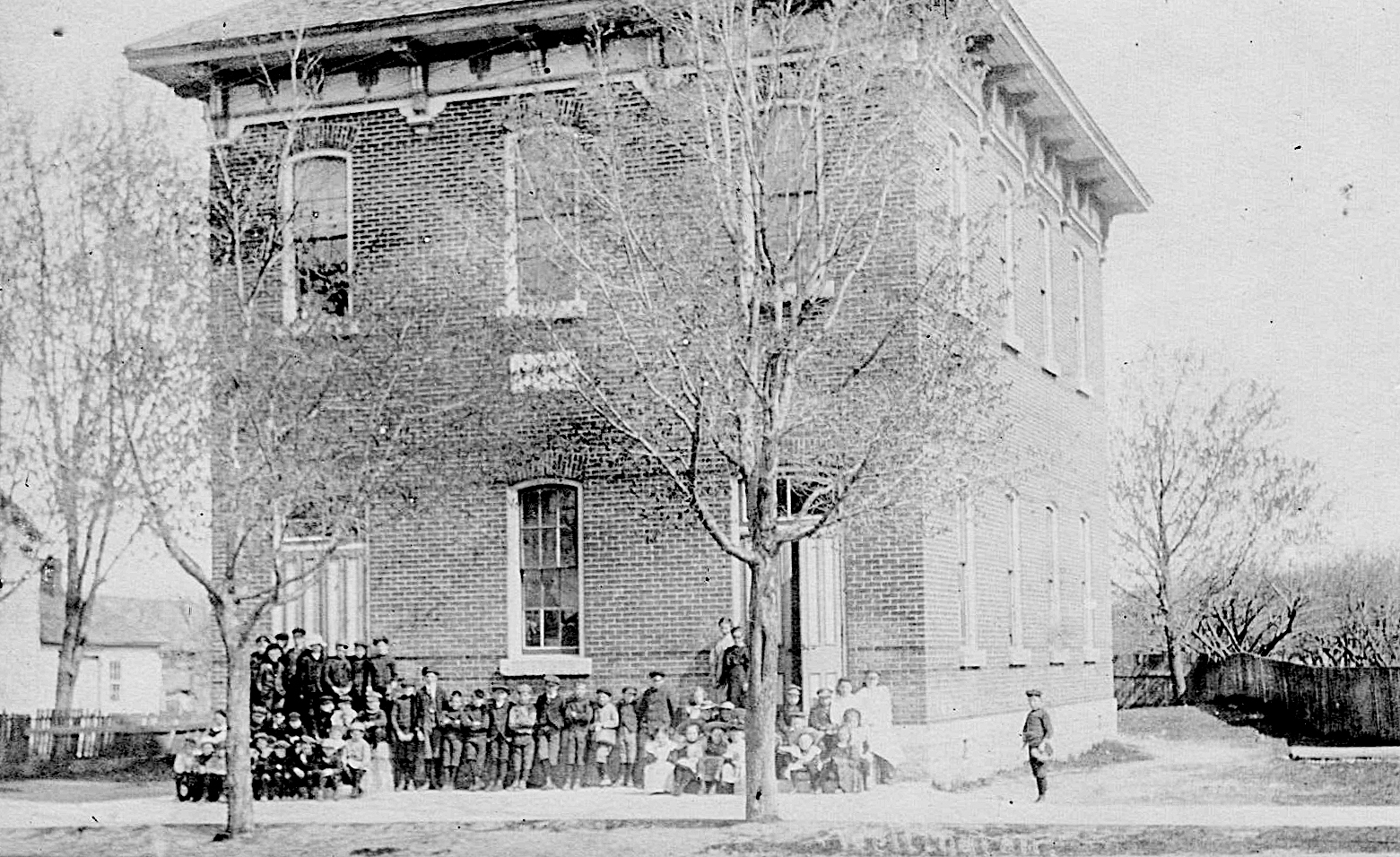Comment
Into better hands
The second floor of the town hall in Wellington sits empty. Abandoned. Unusable for perhaps a century. No one remembers the upstairs of the town hall ever being occupied. We have no memory of the top half of this building. So it sits. Dark. Year after year. Decade after decade.
The County can’t afford to fix it. We learned this week it will require at least $700,000 to restore this building to a functioning hall. Likely more. A lot more. Even then, it is unclear that the second storey could be restored for public access.
We need to talk about transitioning this iconic, historic building from the failing hands of an over-strapped municipality into the care and custody of private owners who can invest in it, care for it and bring it back to its former glory.
Sitting prominently on the high point of the village, the views from the second floor of the town hall building are said to be breathtaking. Across the park to the wide expanse of Lake Ontario. To the west, the view oversees the village core, while to the east, the lofty position stands guard over the four sisters—a row of grand homes built by W.P. Niles more than a century ago. Few have ever had this experience. Very few folks alive have ever peered out those windows.
It was built as a school and opened for classes in September 1885. It was the second school on the site. Just 25 years after it had opened, the province encouraged rural, mostly one-room schools to combine into larger facilities where a more comprehensive array of programs and services could be offered. Wellington Consolidated School was built and opened nearby in 1922. Wellington Public School was vacated. Soon enough, a new purpose was found for this building.
The growing village needed a larger town hall. But for this building to work, the former school needed structural modifications. A single door replaced the two front doors (girls and boys). Just inside the entrance leading to the classrooms upstairs, the stairs were removed. Another fateful decision was also likely made during this renovation.
It appears that columns (and perhaps walls) were removed from the ground floor to enable an open meeting space. While it made for an expansive hall, removing structural components compromised the viability of the second floor. Whether by oversight or expedience, these choices rendered half the building unusable.
Later, the town hall left this building for a new structure behind the library. In 1998, amalgamation eliminated village government altogether.
For the past few decades, the main floor has served as a public meeting space. Pancake breakfasts. Celebrations. Dances. Overheated meetings. Many memorable and joyous events.
But here is the thing: if it disappeared tomorrow, would we replace it? The village has plenty of underused meeting spaces: two churches, the library, the Legion, the museum and the Wellington and District Community Centre. Even Wellington on the Lake has its own large meeting space. There is no shortage of places to gather in the village.
Even if Council were persuaded to invest the better part of a million dollars into this building, then what? It wasn’t designed as a meeting hall. It was built to be a school. With dividing walls and columns. It doesn’t make sense.
Some worry that these historic buildings can only be maintained and preserved in public hands. The abandoned second floor of the town hall—dark for a century—is proof this isn’t true. A private owner may not be better, but it could not be worse. Must we wait until the entire building is uninhabitable before we can part with it?
More to the point, this building may be sold with covenants (binding legal requirements) to ensure the exterior is never changed—the brick, the windows, the height, and such. There are ways to ensure the exterior remains as it is today. The municipality may sell it so the new owners maintain and honour the heritage and architecture. Are such assurances bulletproof? No. But nothing is.
The fact is that in the hands of the municipality, the town hall will continue to slide into decay. The costs to maintain it, even as it is today, will continue to climb, and resources will be taken from other priorities.
The town hall building needs love and care. It doesn’t need wishful thinking. It needs investment.
Imagine this building restored. Venturing up the stairs once more. Gazing across the village. Full of life and vitality again. This village boasts many, many examples of historic homes and buildings enjoying loving restorations in private hands. We are fortunate this way. This community has a deep well of pride and appreciation for its architectural heritage. It has demonstrated the willingness and drive to restore the village’s stately treasures to preserve this heritage.
Let this happen with this beloved building.

A postcard is from Marjorie Wiltse’s collection. It was postmarked on July 23, 1911. It depicts an array of students standing dutifully in front of the Wellington Public School on a crisp late winter day. Note the separate entrances for girls and boys. The school opened in September 1885 and cost $3,000 to build. Just 25 years later, the students moved into the much larger Wellington Consolidated School, known today as CML Snider Elementary.

Comments (0)